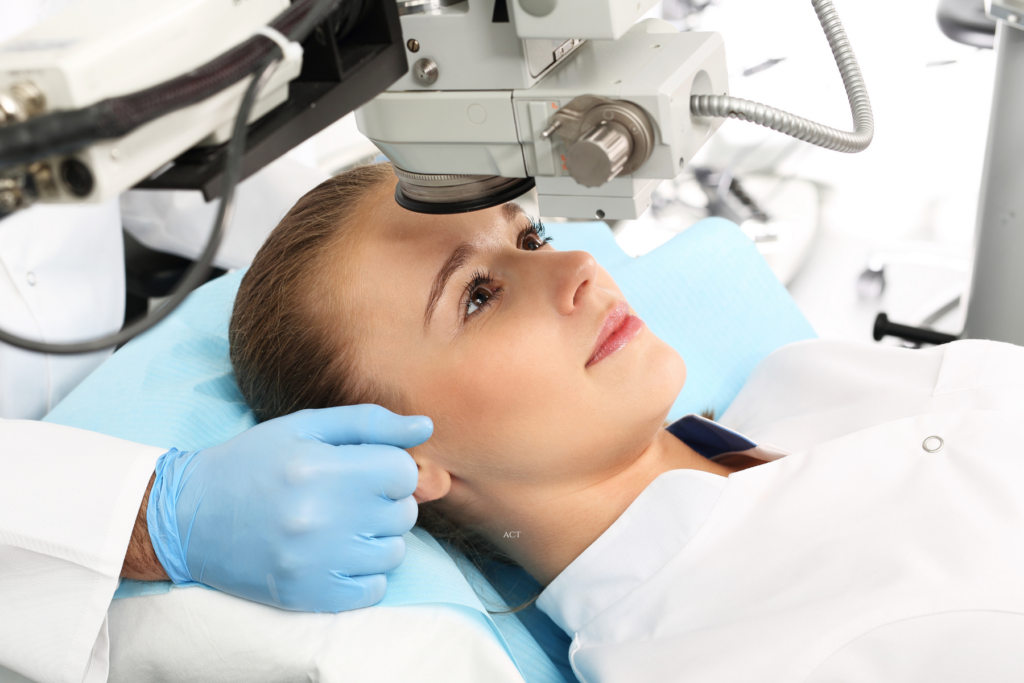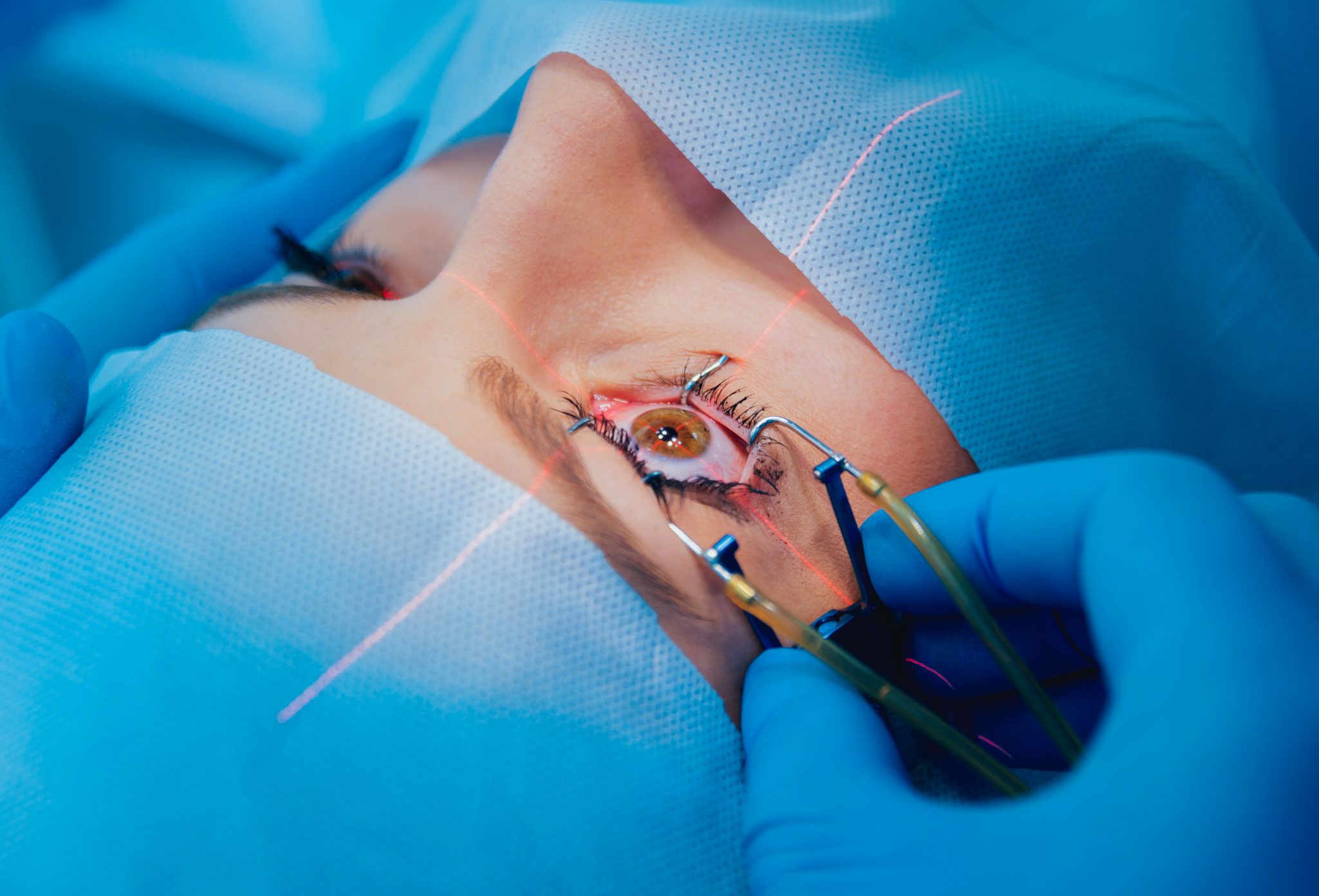Cataract surgery is one of the most common procedures performed in Australia, particularly in cities like Canberra where healthcare facilities are readily available. As the population ages, the need for individuals to understand cataracts and their surgical options becomes imperative. This article delves deeply into the essentials surrounding cataract surgery, from understanding the condition to selecting the right surgeon.
Understanding Cataracts: An Overview
Cataracts refer to the clouding of the eye’s natural lens, which can hinder vision. This often leads to distorted sight, blurred images, and ultimately, significant difficulties in seeing clearly. In conclusion, being informed about cataracts surgery Canberra and the surgical options available can empower individuals facing this common eye condition. With early detection, proper preparation, and the right medical team, cataract surgery can lead to remarkable improvements in vision and quality of life.

What are Cataracts?
Cataracts form when proteins in the lens of the eye begin to break down and clump together, leading to opacity. This lens is crucial as it focuses light on the retina, facilitating clear vision. When cataracts develop, they can affect one’s ability to perform everyday tasks like reading, driving, or watching television. In some cases, individuals may notice that colors appear less vibrant or that they have difficulty distinguishing between similar shades. This gradual change can be frustrating, as it often goes unnoticed until the cataracts have progressed significantly.
Causes and Symptoms of Cataracts
Several factors can contribute to the development of cataracts, including:
- Age: Aging is the primary risk factor, with more than half of Australians over the age of 65 experiencing cataracts.
- Genetics: Family history plays a significant role in the likelihood of developing cataracts.
- Diabetes: Individuals with diabetes are at a greater risk of developing cataracts earlier.
- Sunlight Exposure: Prolonged exposure to UV light can increase the risk of cataract formation.
- Smoking and Alcohol Consumption: Both habits have been linked to a higher incidence of cataracts.
Symptoms can vary but commonly include cloudy or blurred vision, difficulty seeing at night, and increased sensitivity to glare. Additionally, some individuals may experience double vision or halos around lights, particularly at night. Understanding these symptoms is vital for seeking timely medical advice. Regular eye examinations are essential, especially for those at higher risk, as early detection can lead to more effective management and treatment options. In fact, many eye care professionals recommend that individuals over the age of 40 have their eyes checked every two years, or more frequently if they have existing health conditions that could affect their vision.
The Importance of Early Detection
Early detection of cataracts can significantly enhance the quality of life for individuals affected by this condition. Regular screenings and consultations with an eye health professional can catch the development of cataracts before they severely impact vision. This proactive approach not only helps in maintaining visual acuity but also plays a crucial role in preventing the potential complications that can arise from untreated cataracts, such as falls or accidents due to impaired vision. Read more about accidents on https://www.britannica.com/topic/accident
Regular Eye Check-ups
Many eye care specialists recommend routine eye examinations, especially for those over 50. A comprehensive eye exam can help identify early signs of cataract development. These check-ups are essential not just for cataracts, but also for detecting other age-related eye conditions, such as glaucoma and macular degeneration, which can further compromise vision if left unchecked.
During these check-ups, eye care professionals often utilize diagnostic tools like vision tests and slit-lamp examinations. Identifying cataracts early allows for monitoring their progression and determining the right time for surgical intervention. Moreover, these visits provide an opportunity for patients to discuss any concerns regarding their eye health and to receive personalized advice on lifestyle changes that could help mitigate the risk of cataract development, such as adopting a diet rich in antioxidants and maintaining a healthy weight.
Recognizing the Early Signs
Awareness of early symptoms can lead to quicker diagnosis and treatment. Individuals may notice changes in their vision, including:
- Faded colors: Objects may not appear as bright or vibrant as they once did.
- Blurred or double vision: A significant change in visual clarity may occur.
- Frequent prescription changes: Needing more frequent alterations in glasses prescriptions can be a red flag.
If you notice any of these changes, you should schedule an appointment with an eye care professional. Additionally, it’s important to consider that cataracts can develop differently in each eye, meaning that symptoms may not always be symmetrical. This asymmetry can sometimes lead individuals to underestimate the severity of their condition, making regular check-ups even more critical. Being proactive about eye health can empower individuals to take control of their vision and overall well-being. To learn more about symptoms click here.

Preparing for Cataracts Surgery
Once a cataract is diagnosed, and it is determined that surgery is necessary, proper preparation is crucial for a successful outcome. This phase encompasses all steps leading up to the actual procedure.
Initial Consultation and Assessment
The initial consultation involves a thorough eye examination and discussion of the patient’s medical history. Eye surgeons will assess the type and severity of cataracts and how they affect vision. They will also evaluate the overall health of the eye.
This consultation is an excellent opportunity for patients to ask questions and voice any concerns. Open communication with the surgeon can help alleviate anxiety surrounding the process. Patients may want to inquire about the different types of intraocular lenses available, as these can significantly impact vision quality and post-operative satisfaction. Understanding the options can empower patients to make informed decisions that align with their lifestyle and visual needs.
Pre-Surgery Guidelines
Following the initial assessment, the surgeon will provide specific pre-surgery guidelines, which may include:
- Avoiding certain medications: Blood thinners may need to be paused to reduce the risk of bleeding during surgery.
- Arranging transportation: Patients will need a driver post-surgery since vision may be impaired.
- Understanding post-operative care: Patients should be educated about what to expect after the surgery, including medications and follow-up appointments.
Following these guidelines will help ensure a smoother surgical experience. Additionally, patients are often encouraged to prepare their home environment for recovery. This may involve clearing walkways of tripping hazards and ensuring that essential items are within easy reach, as mobility may be limited during the initial recovery period. Furthermore, having a support system in place, whether it be family or friends, can provide emotional reassurance and practical assistance during this time.
The Cataracts Surgery Procedure
Cataract surgery is typically an outpatient procedure, meaning that patients can go home the same day. The advances in medical technology have made this procedure relatively quick and minimally invasive. With the introduction of phacoemulsification, a technique that uses ultrasound waves to break up the cloudy lens, the surgery has become even more efficient, allowing for smaller incisions and quicker recovery times. This innovation has significantly reduced the risks associated with cataract surgery and improved overall patient satisfaction.
What to Expect During Surgery
The surgery usually lasts about 15 to 30 minutes. Patients are given local anesthesia, along with mild sedatives to ensure comfort. The surgeon will make a small incision in the eye and remove the cloudy lens, replacing it with an artificial intraocular lens. This lens is designed to mimic the eye’s natural lens, providing clear vision and often reducing the need for glasses after the procedure.
Patients may experience pressure but will generally not feel pain during the procedure. After surgery, the eye will be protected with a patch or shield to aid in recovery. It’s fascinating to note that many patients report seeing improved vision almost immediately after the surgery, which can be an exhilarating experience, especially for those who have lived with cataracts for an extended period. The anticipation of regaining clarity in their surroundings often brings a sense of relief and excitement.
Post-Surgery Care and Recovery
Recovery after cataract surgery is typically swift. Most patients notice an improvement in their vision within days. However, full stabilization may take several weeks. During this time, the brain is adjusting to the new lens, and patients might experience fluctuations in their vision as they heal. It’s important to be patient and allow the body to adapt to these changes, as this can enhance the overall outcome of the surgery.
Following the surgery, patients are advised to:
- Use prescribed eye drops to prevent infection and reduce inflammation.
- Avoid strenuous activities, bending over, and heavy lifting for a period post-operation.
- Attend follow-up appointments for the surgeon to monitor healing and vision improvement.
It is essential to heed the surgeon’s instructions for the best possible outcome. Additionally, many patients find that engaging in gentle activities, such as short walks, can aid in their recovery while also providing a boost in mood. Staying hydrated and maintaining a balanced diet can also contribute positively to the healing process, ensuring that the body has the necessary nutrients to recover efficiently. As patients navigate their recovery, they often find support in community resources or patient groups, sharing experiences and tips that can help ease any concerns during this transformative time.
Choosing the Right Surgeon in Canberra
Selecting the right surgeon for cataract surgery is a vital component of the treatment process. The surgeon’s expertise and rapport can significantly impact the patient experience and surgical results.
Factors to Consider
When choosing a surgeon, take into account the following factors:
- Qualifications and experience: Confirm the surgeon’s credentials, training, and experience with cataract surgeries.
- Hospital or clinic reputation: Look for facilities with a history of successful outcomes and high patient satisfaction.
- Technology and techniques: Ensure the surgeon utilizes the latest technology and minimally invasive techniques for optimal results.
Questions to Ask Your Potential Surgeon
Before making a decision, it is beneficial to prepare a list of questions to ensure you choose the right surgeon. Consider asking:
- What is your success rate with cataract surgeries?
- What type of intraocular lens do you recommend and why?
- What is the expected recovery process?
- Are there risks or complications specific to my health condition?
Having clear answers to these questions can promote confidence in your choice of surgeon.
Other resources: Finding the Best Cataract Surgery Near Me

